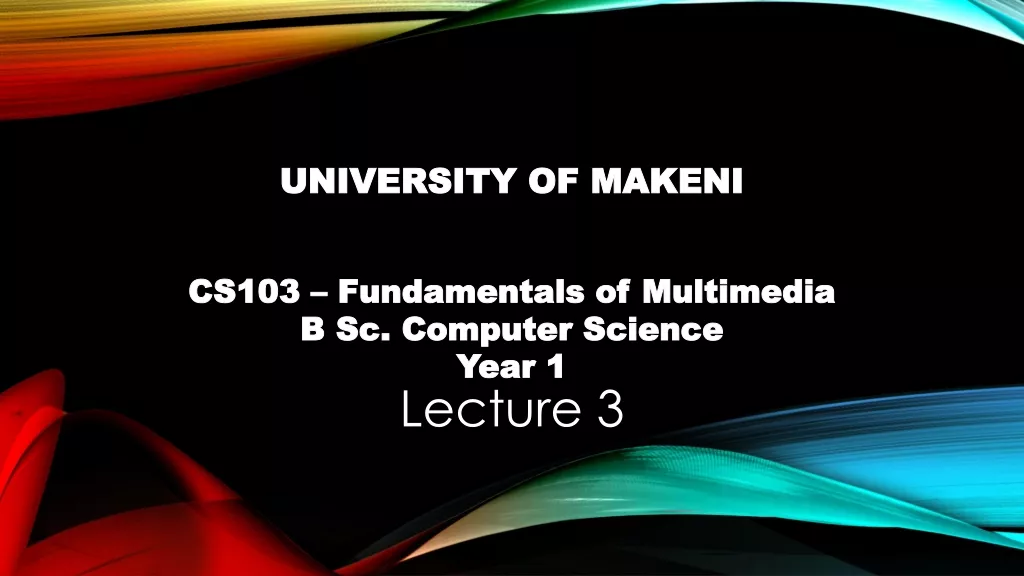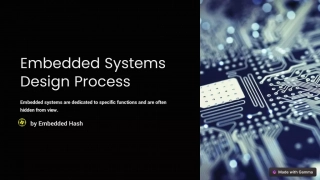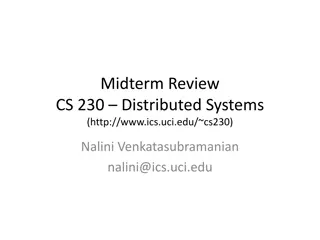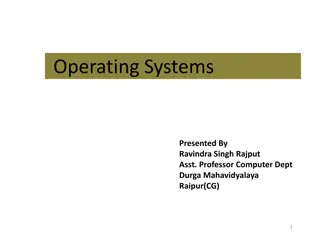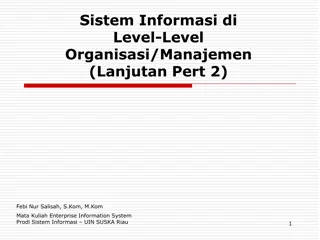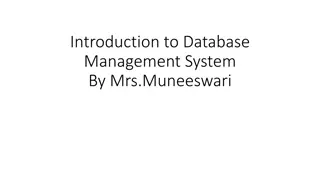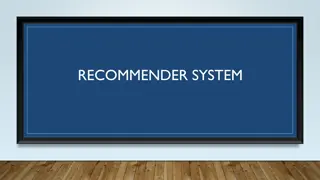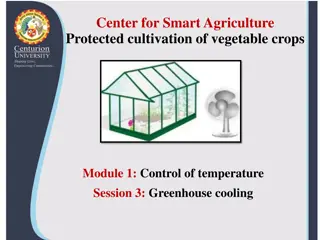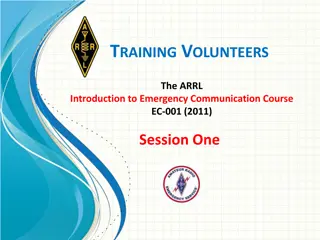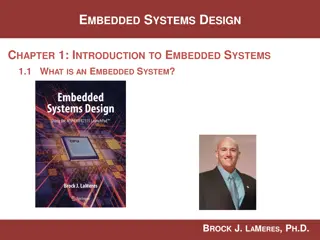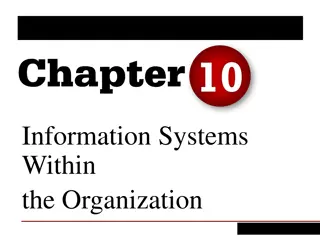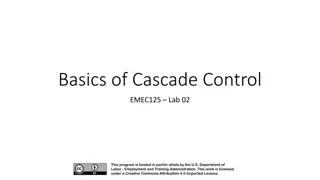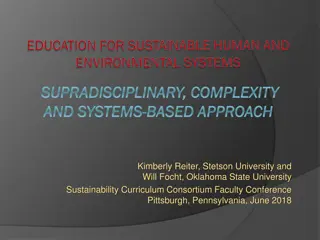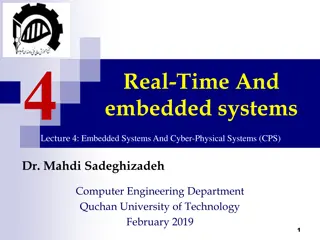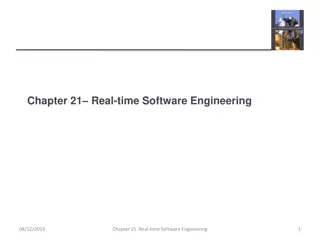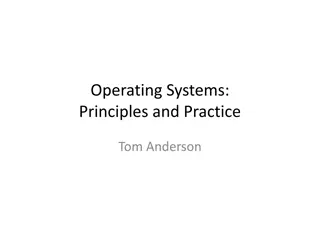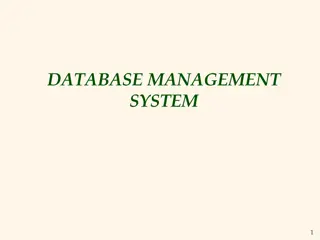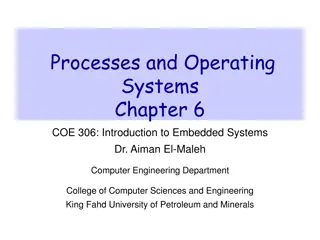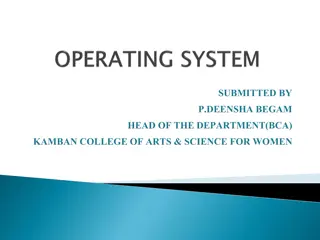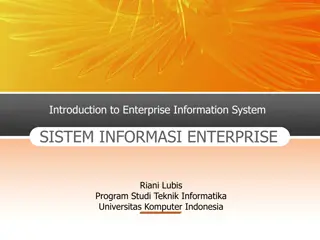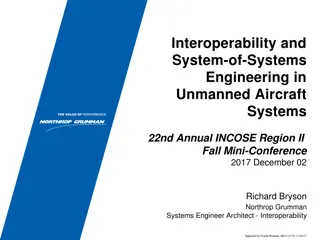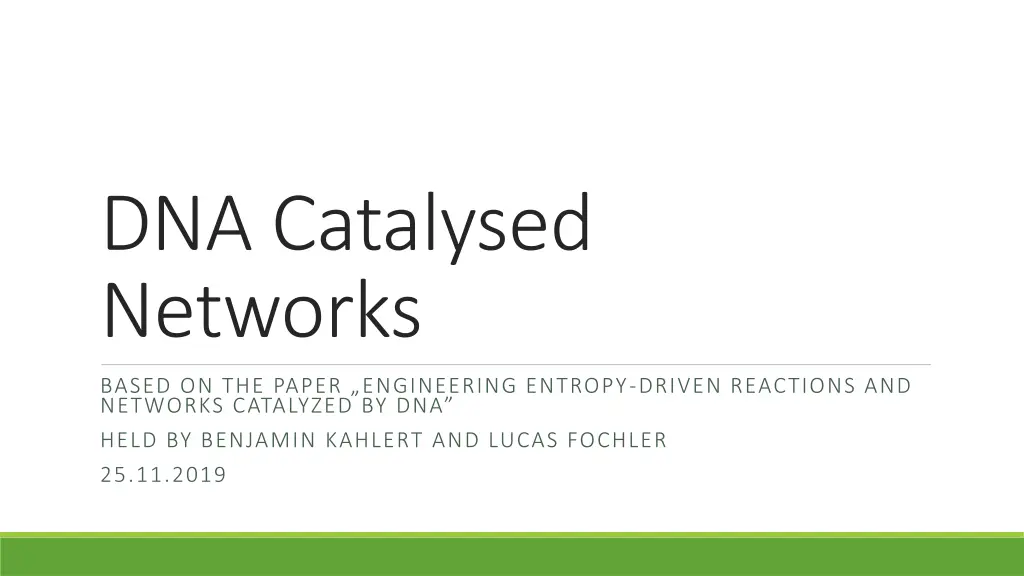
DNA Catalyzed Networks and Logic Circuits for Entropy-Driven Reactions
Explore the innovative use of DNA in catalyzing networks and logic circuits based on entropy-driven reactions. Presented images illustrate the principles and processes involved in this cutting-edge technology. Learn about the distinct signals, gate specificity, chaining of gates, and amplification capabilities that make DNA a promising choice in engineering molecular reactions.
Download Presentation

Please find below an Image/Link to download the presentation.
The content on the website is provided AS IS for your information and personal use only. It may not be sold, licensed, or shared on other websites without obtaining consent from the author. If you encounter any issues during the download, it is possible that the publisher has removed the file from their server.
You are allowed to download the files provided on this website for personal or commercial use, subject to the condition that they are used lawfully. All files are the property of their respective owners.
The content on the website is provided AS IS for your information and personal use only. It may not be sold, licensed, or shared on other websites without obtaining consent from the author.
E N D
Presentation Transcript
DNA Catalysed Networks BASED ON THE PAPER ENGINEERING ENTROPY-DRIVEN REACTIONS AND NETWORKS CATALYZED BY DNA HELD BY BENJAMIN KAHLERT AND LUCAS FOCHLER 25.11.2019
Logic Circuts Requirements: Distinct signals Gate specificity regarding inputs and Signal amplification capable Gates Unrestricted chaining of Gates and signals DNA as an exellent choice
Reaction Process Toe-hold domain (3,5) specificity domains (1,2,4,6)
The Driving force of the process dG= VdP SdT G < 0 Reaction towards products G = 0 Reaction stops
The Driving force of the process dG= VdP S dT dG= nRT dP/P V=nRT/P G-G0= nRT ln(Pf/Pi) G = G0,OB+ G0,SB + G0,W G0,S G0,F+ RT nl ln(Pf, l / Pi, l)
The Driving force of the process dG= VdP S dT dG= nRT dP/P V=nRT/P G-G0= nRT ln(Pf/Pi) G = G0,OB+ G0,SB + G0,W G0,S G0,F+ RT ln(Q)
The Driving force of the process dG= VdP S dT dG= nRT dP/P V=nRT/P G-G0= nRT ln(Pf/Pi) G = G0,net+ RT ln(Q)
Experimental validation and simulation
PAGE diagnostic Reactions up to I3 are fast (line 2) Subsequent reactions of I3 and F are fast (lines 3 and 5) Uncatalyzed reaction is slow (lines 7 and 8) C enables the reaction to proceed rapidly
Measurement technique The number of produced OB or SB was analysed via indirect fluorescence reporter ????and ????were fitted and found to be 8 105? 1? 1and 4 105? 1? 1respectively
Analysis of thetime course Simulation: System is modeld via rate equations Assumpltions: ? 1= ?2,?1= ? 3due to symmetrie ?3was identified via fitting The rest of the constants were measured Reaction is accelerated by 4 orders of magnitude ?0= 2.3 101? 1? 1 ?1= 6.5 105? 1? 1 ?2= 4.2 105? 1? 1 ?3= 4 10 3? 1(fitted)
Analysis of the time course Results The simulated curves and measured fluorescence curves are plottet in the same graph Simulation is accurately reproduced
Determination of the driving force PAGE analysis with truncated fuel F to make waste W unfavourable
Circiuts build on this principle
Cascading circuit Two circuits, one`s output is the catalyst of the second OB0 is produced linearly with time Output of the second system is quadratic in time C0 remains constant
Exponential growth kinetics Cross-catalytic circiut Both systems output is the Catalyst of the other Behaves exponential initially Log-Plot proves exponential behaviour
Exponential growth kinetics Autocatalytic circiut OB contains C as a subsequenze Measurements were done using the SR Reporter
Entropic AND- Gate
Additional remarks RNA-world: autocatalytic & cross-catalytic self replication reactions important Possibly a new alternative to PCR Functional even in presence of naturally occouring macromolecules Upscaling possible
Summary Advantages of the proposed method Entropy driven: no reactions neccessary Outputs may serve as catalysts for other gates No complex secondary structure required Output and catalysist may be entirely independant in structure Larger circiuts can be build upon this principle Quadratic and exponential growth can be achieved Quick autocatalytic and cross catalytic process
Thank you for your Thank you for your attention attention
Bibliography 19.7: Free Energy and the Equilibrium Constant, Chemistry: The Central Science by Brown, LeMay, Busten, Murphy, and Woodward Engineering Entropy-Driven Reactionsand Networks Catalyzed and by DNA and supporting material; David Yu Zhang,1 Andrew J. Turberfield,2Bernard Yurke,3* Erik Winfree1 DNA Hairpins: Fuel for Autonomous DNA Devices ; Simon J.Green, Daniel Lubrich, Andrew J.Turberfield Deoxyribozyme-Based Logic Gates ; Milan N. Stojanovic, Tiffany Elizabeth Mitchell, Darko Stefanovic

